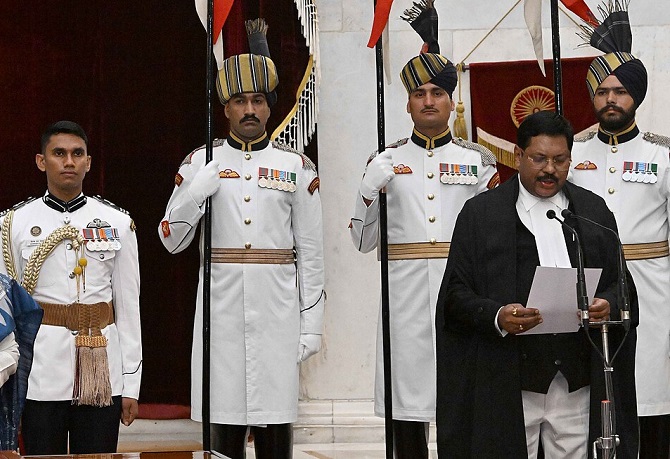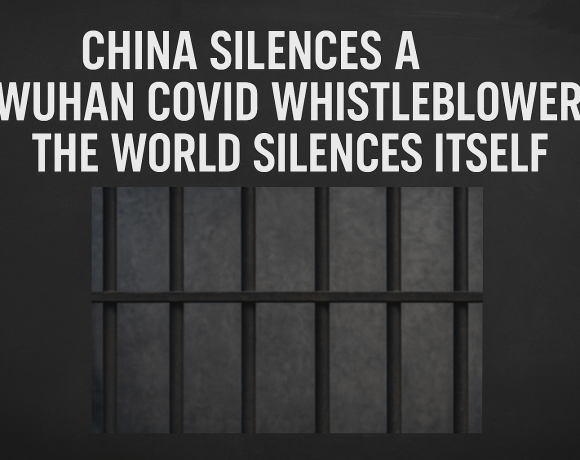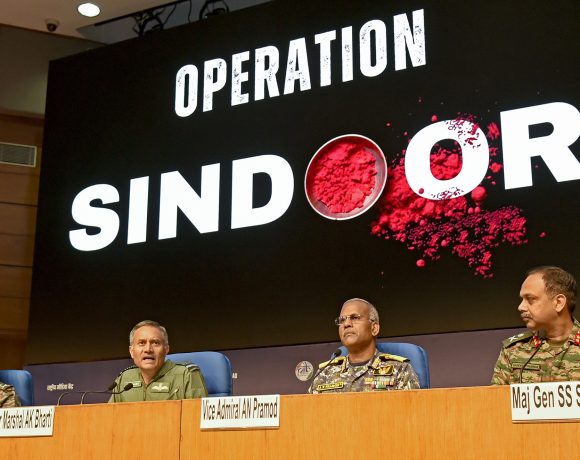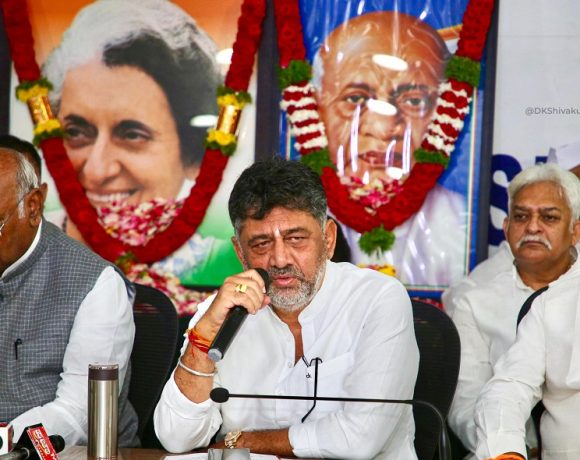
Breaking Down The News: CJI Gavai’s Tribute to Kesavananda Is a Warning in Disguise
Chief Justice of India BR Gavai recently declared that it was the Constitution that kept the country united through every crisis, and went on to call the Kesavananda Bharati judgment a milestone in that constitutional journey. On the surface, it might read like another ceremonial affirmation of India’s constitutional heritage—a polite nod to precedent, a respectful glance at history. But in India, and particularly in the judiciary, such statements are rarely without layers. This is not just a salute to the past. It is a quiet indictment of the present. When the Chief Justice feels the need to invoke Kesavananda Bharati—a 50-year-old judgment that famously placed limits on Parliament’s power—it isn’t nostalgia. It’s a nudge. A reminder. A warning in disguise.
The Kesavananda Bharati judgment of 1973 wasn’t just legal history. It was, and remains, the judicial firewall against the collapse of constitutional democracy. It was delivered in the shadow of increasing authoritarianism under Indira Gandhi, and it introduced the now-famous “basic structure doctrine”—a judicial invention that said Parliament may amend the Constitution, but cannot alter its core identity. This doctrine has since become India’s constitutional seatbelt. It has blocked reckless amendments, political ambitions masked as reforms, and repeated assaults on the spirit of federalism and secularism. For a Chief Justice in 2025 to bring this up unprompted isn’t a coincidence. It is calculated commentary, spoken softly but aimed at power.
CJI Gavai’s words come at a time when India’s democratic institutions are undergoing a slow, steady erosion. Legislative scrutiny is collapsing under brute majorities. Governors are deployed like party agents in opposition-ruled states. Dissenters are either investigated or incarcerated. And the Constitution, though not amended in letter, is being edited in spirit—sometimes by omission, often by intimidation. The judiciary has been criticized, with fair reason, for periods of silence. But within that silence, there are signals. And Gavai’s invocation of Kesavananda is just that: a signal that the judiciary remembers the red lines, even if others choose to blur them.
This is not the first time India’s judiciary has chosen restraint over confrontation. But judicial restraint does not mean absence of resolve. Often, the Supreme Court speaks not in judgments alone, but in moments—ceremonial remarks, commemorative speeches, subtle references that only those paying attention truly hear. What CJI Gavai said may not have come in a verdict, but it came with the institutional weight of the office he holds. His praise for the Constitution’s endurance and the Kesavananda Bharati judgment was not just descriptive—it was declarative. It was a message to the political class that the limits imposed by the Constitution are not ornamental, and that the doctrine of the basic structure is very much alive, relevant, and ready to be invoked.
The question then arises: why now? Why make this point in 2025? Because the warning lights are flickering. A government emboldened by repeated electoral victories is increasingly bypassing parliamentary debate through ordinances and money bills. Central agencies appear to operate with selective enthusiasm depending on the political colour of the target. Opposition-ruled states are crying foul over withheld funds, coercive governors, and unilateral decisions on matters squarely in the State List. The rhetoric of “one nation, one system” is gaining momentum, while the principle of cooperative federalism quietly gasps for breath. Against this backdrop, the judiciary’s reminder of Kesavananda Bharati sounds less like a retrospective tribute and more like an anticipatory positioning. As if the court is drawing the line before it is asked to defend it.
Because the basic structure doctrine is not merely a theoretical construct—it is the constitutional guardrail that has saved India from legislative vandalism in the past. It protects the independence of the judiciary, the spirit of secularism, the division of powers, and the essential features of democracy. Without it, any brute majority could fundamentally reshape the republic—from its symbols to its soul. The fact that a Chief Justice finds it necessary to mention Kesavananda Bharati in a national address suggests that the judiciary fears those very features may once again be under threat—not through one dramatic amendment, but through many quiet encroachments.
The political reception to CJI Gavai’s remarks will predictably diverge into two streams of public posture and private interpretation. The government will, in all likelihood, issue a carefully worded statement expressing gratitude for the Chief Justice’s acknowledgment of India’s constitutional resilience. Ministers may nod affirmatively in televised bites, praising the “maturity of our democracy” and the “visionary foresight of our founding fathers.” But behind closed doors, the unease will be palpable. Because what Gavai said, though not confrontational, is precisely the kind of institutional assertion that governments with sweeping mandates dislike—an unspoken challenge to their belief in legislative omnipotence.
The opposition, on the other hand, will interpret the same words as judicial vindication of their long-standing concerns. Leaders from Congress, DMK, AAP, TMC, and other non-NDA parties are likely to quote the Chief Justice’s statement in Parliament, in court submissions, and on campaign stages. “Even the judiciary sees it,” they’ll say. For them, the reference to Kesavananda Bharati is not a subtle echo—it is a signal flare. A sign that at least one institution is still watching, still remembering, still ready. They will weaponize it not against the Constitution, but in defense of it—ironically using the judiciary’s caution as their activism.
But perhaps the most important audience for CJI Gavai’s statement is neither the government nor the opposition. It is us. The people. Because the Constitution does not protect itself. And when a Chief Justice issues such a message, he is inviting citizens to pay attention. He is asking us to read the room—and the Republic. The judiciary may not always roar, but it leaves behind a record. If, in the future, institutions are weakened further, it will be this kind of statement that historians will return to—not to blame, but to locate the moment when the court tried to whisper the truth while everyone else shouted lies.
CJI BR Gavai’s tribute to the Constitution and the Kesavananda Bharati judgment is not a throwaway line to decorate a speech. It is a calibrated, cautious, and constitutionally loaded reminder. It tells us that the court is aware. That the past is not buried. That the basic structure still breathes—and still guards the soul of this democracy. In the fog of populism and power, it is the judiciary’s way of quietly marking the boundary. Of saying: this far, no further.


















